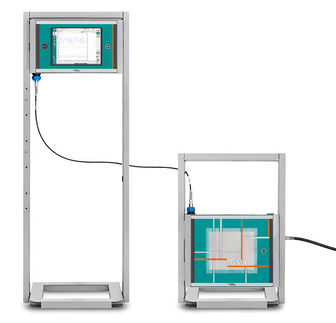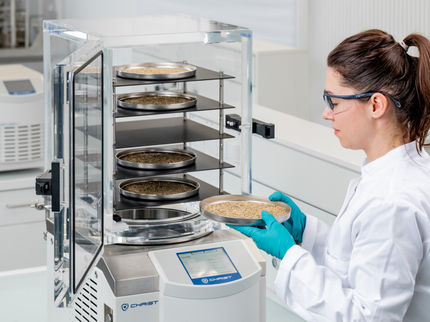Phenological growth stages and BBCH-identification keys of sunflower
|
| Code
| Description
|
| Principal growth stage 0: Germination
|
| 00 | Dry seed (achene)
|
| 01 | Beginning of seed imbibition
|
| 03 | Seed imbibition complete
|
| 05 | Radicle emerged from seed
|
| 06 | Radicle elongated, root hairs developing
|
| 07 | Hypocotyl with cotyledons emerged from seed
|
| 08 | Hypocotyl with cotyledons growing towards soil surface
|
| 09 | Emergence: cotyledons emerge through soil surface
|
| Principal growth stage 1: Leaf development1
|
| 10 | Cotyledons completely unfolded
|
| 12 | 2 leaves (first pair) unfolded
|
| 14 | 4 leaves (second pair) unfolded
|
| 15 | 5 leaves unfolded
|
| 16 | 6 leaves unfolded
|
| 17 | 7 leaves unfolded
|
| 18 | 8 leaves unfolded
|
| 19 | 9 or more leaves unfolded
|
| Principal growth stage 3: Stem elongation
|
| 30 | Beginning of stem elongation
|
| 31 | 1 visibly extended internode
|
| 32 | 2 visibly extended internodes
|
| 33 | 3 visibly extended internodes
|
| 3 . | Stages continuous till . . .
|
| 39 | 9 or more visibly extended internodes
|
| Principal growth stage 5: Inflorescence emergence
|
| 51 | Inflorescence just visible between youngest leaves
|
| 53 | Inflorescence separating from youngest leaves, bracts distinguishable from foliage leaves
|
| 55 | Inflorescence separated from youngest foliage leaf
|
| 57 | Inflorescence clearly separated from foliage leaves
|
| 59 | Ray florets visible between the bracts; inflorescence still closed
|
| Principal growth stage 6: Flowering
|
| 61 | Beginning of flowering: ray florets extended, disc florets visible in outer third of inflorescence
|
| 63 | Disc florets in outer third of inflorescence in bloom (stamens and stigmata visible)
|
| 65 | Full flowering: disc florets in middle third of inflorescence in bloom (stames and stigmata visible)
|
| 67 | Flowering declining: disc florets in inner third of inflorescence in bloom (stames and stigmata visible)
|
| 69 | End of flowering: most disc florets have finished flowering, ray florets dry or fallen
|
| Principal growth stage 7: Development of fruit
|
| 71 | Seeds on outer edge of the inflorescence are grey and have reached final size
|
| 73 | Seeds on outer third of the inflorescence are grey and have reached final size
|
| 75 | Seeds on middle third of the inflorescence are grey and have reached final size
|
| 79 | Seeds on inner third of the inflorescence are grey and have reached final size
|
| Principal growth stage 8: Ripening
|
| 80 | Beginning of ripening: seeds on outer third of anthocarp black and hard.
Back of anthocarp still green
|
| 81 | Seeds on outer third of anthocarp dark and hard.
Back ofanthocarp still green
|
| 83 | Dark of anthocarp yellowish-green, bracts still green.
Seeds about 50% dry matter
|
| 85 | Seeds on middle third of anthocarp dark and hard.
Back of anthocarp yellow, bracts brown edged.
Seeds about 60% dry matter
|
| 87 | Physiological ripeness: back of the anthocarp yellow.
Bracts marbled brown. Seeds about 75–80% dry matter
|
| 89 | Fully ripe: seeds on inner third of anthocarp dark and hard.
Back of anthocarp brown. Bracts brown.
Seeds about 85% dry matter
|
| Principal growth stage 9:
|
| 92 | Over ripe, seeds over 90% dry matter
|
| 97 | Plant dead and dry
|
| 99 | Harvested product
|
1 Stem elongation may occur earlier than stage 19; in this case continue with the principal stage 3







